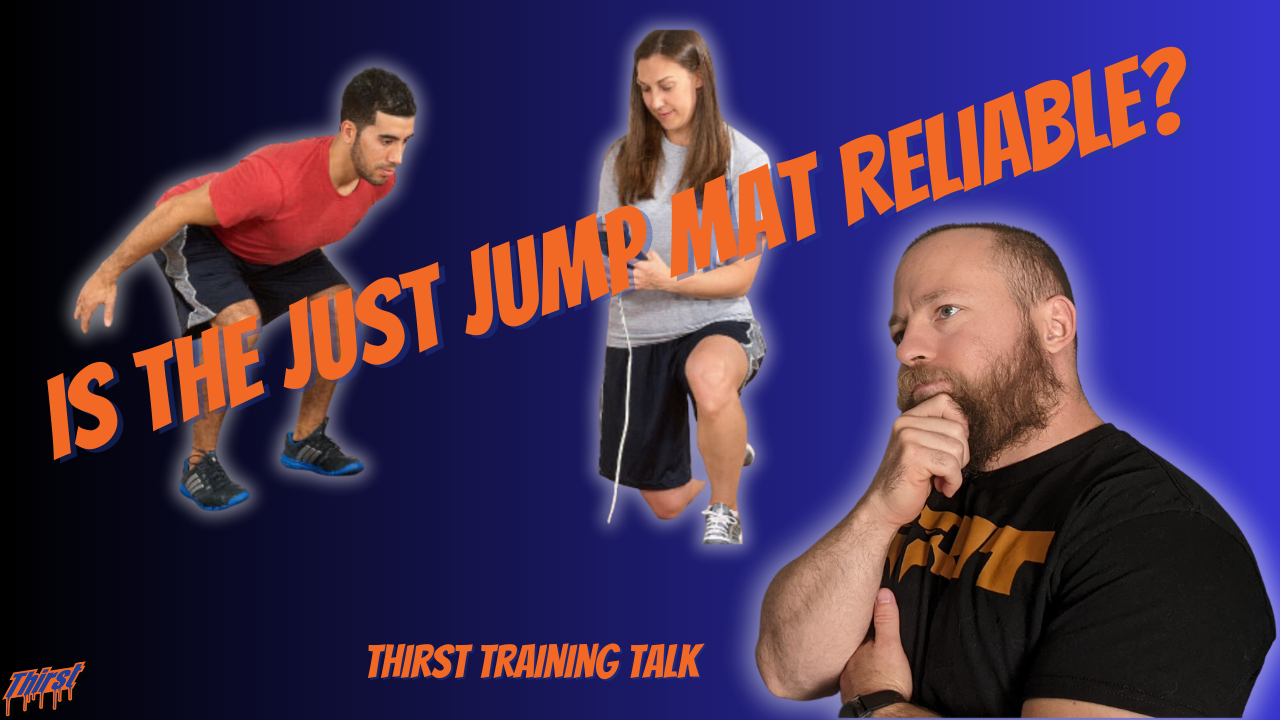Tags: AgilityBodyweightChange Of DirectionCoachingEducationFitnessGlutesHamstringsHealthIndianaJumpJust Jump MatLower BodyPersonal TrainerPersonal TrainingPlyometricsPowerSpeedSports Performance TrainingStrength and ConditioningTerre HauteTerre Haute Intensity Resistance and Sports TrainingTestingTHIRSTTHIRST GymTrainingVertical JumpVideo
Share this post








